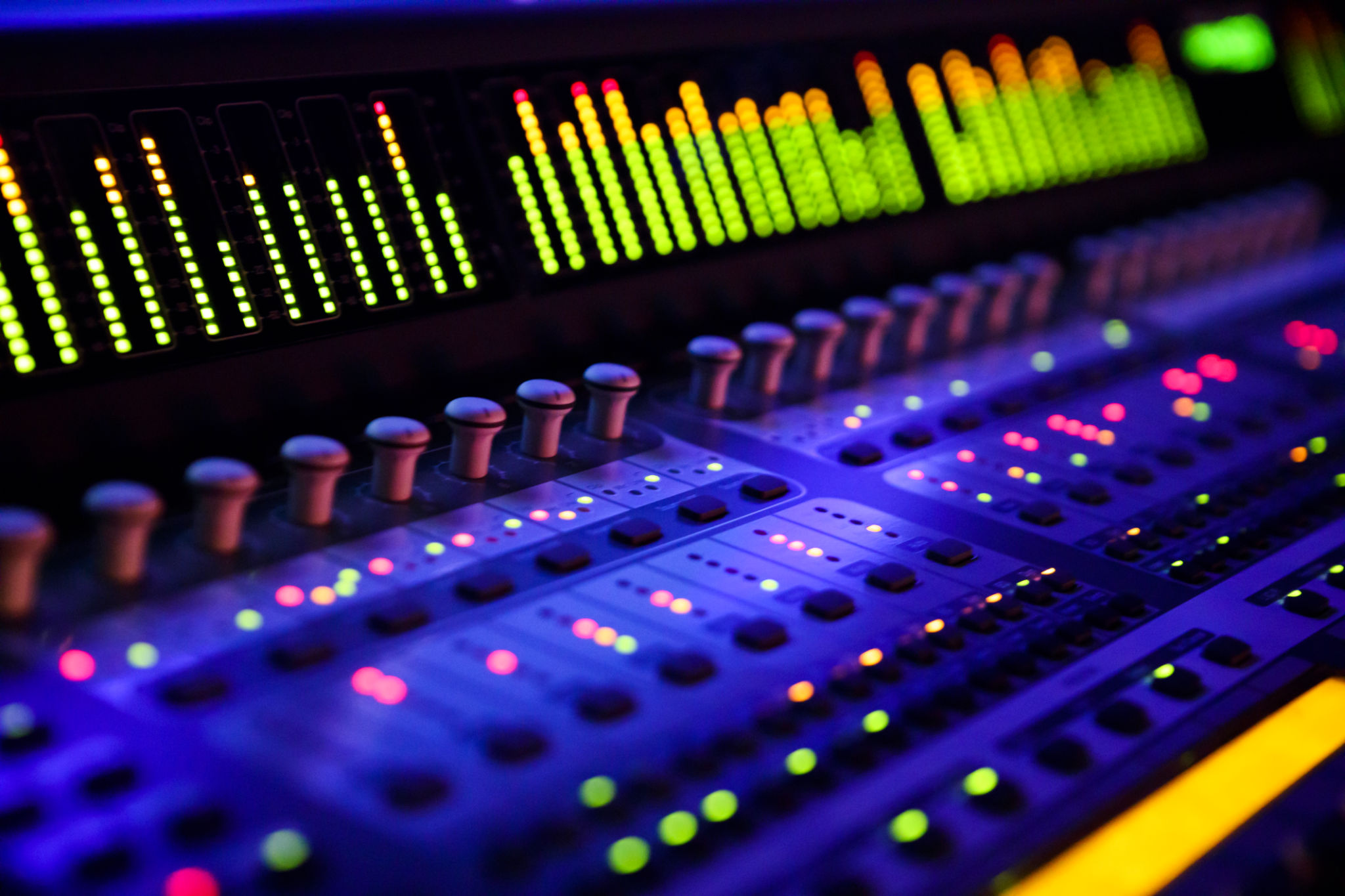Music Video Production Trends: What's New in the Industry
Embracing New Technologies
The music video production industry is constantly evolving, and one of the most significant trends is the integration of cutting-edge technologies. Filmmakers are now leveraging tools such as drones, virtual reality (VR), and augmented reality (AR) to create immersive and captivating music videos. These technologies not only enhance the visual appeal but also provide viewers with an interactive experience that was previously unimaginable.
Drones, in particular, have revolutionized the way aerial shots are captured, allowing directors to achieve breathtaking perspectives with ease. Meanwhile, VR and AR are enabling artists to engage their audience in a multidimensional space, offering a unique way to experience music.

The Rise of DIY Productions
With the advent of affordable high-quality cameras and editing software, DIY music video production has become increasingly popular. Independent artists and smaller production companies can now produce professional-grade videos without breaking the bank. This democratization of production tools allows for greater creative freedom and innovation, as artists can experiment with different styles and techniques.
Platforms like YouTube and TikTok have further fueled this trend by providing artists with a space to showcase their work to a global audience. As a result, many emerging artists are gaining recognition through visually compelling DIY music videos that resonate with viewers.

Focus on Storytelling
While stunning visuals remain a cornerstone of music videos, there is a growing emphasis on storytelling. Artists and directors are recognizing the power of narrative to connect with audiences on a deeper level. Music videos are increasingly being crafted as short films, with intricate plots that enhance the emotional impact of the song.
This trend is evident across various genres, as musicians seek to convey their messages through compelling stories that captivate viewers. By blending music with narrative elements, artists can create a more lasting impression and foster a stronger connection with their fans.

Incorporating Social Media
Social media platforms have become integral to the music video production process. From concept development to promotion, these platforms offer unprecedented opportunities for engagement and collaboration. Artists are now using platforms like Instagram and Twitter to involve their fans in the creative process, soliciting feedback and ideas for their music videos.
This level of interaction not only builds anticipation but also fosters a sense of community among fans. Additionally, social media provides a powerful tool for marketing and distribution, allowing artists to reach wider audiences and increase the visibility of their work.
Sustainability in Production
As environmental awareness grows, sustainability is becoming an important consideration in music video production. Many production companies are adopting eco-friendly practices, such as using digital sets instead of physical ones, reducing waste on set, and minimizing energy consumption.
This shift towards sustainability not only benefits the environment but also resonates with audiences who value responsible practices. By prioritizing sustainability, the music video industry can continue to innovate while reducing its ecological footprint.

Conclusion
The music video production industry is at an exciting crossroads, with new trends shaping the way artists create and share their work. The integration of advanced technologies, the rise of DIY productions, a renewed focus on storytelling, social media engagement, and sustainability are all contributing to a dynamic and evolving landscape.
As these trends continue to develop, they offer endless possibilities for creativity and innovation, ensuring that music videos remain a powerful medium for artistic expression and audience connection.
